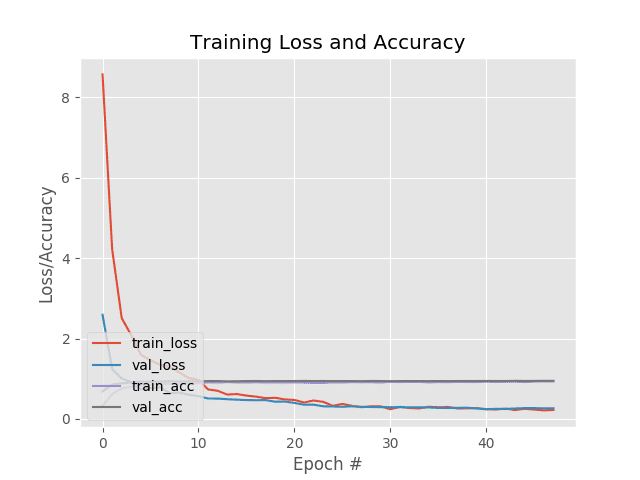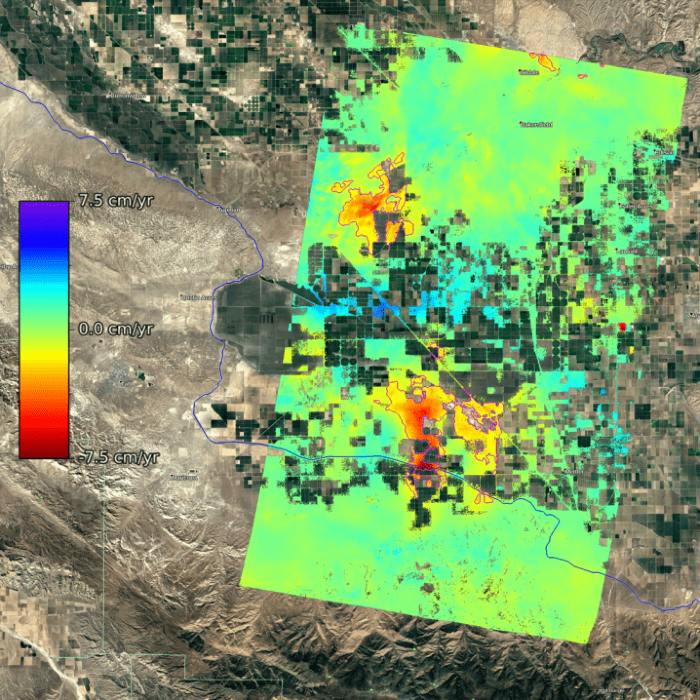
Deep Learning Models for Natural Disaster Prediction
Natural disasters can cause widespread devastation, loss of life, and economic disruption. In recent years, there has been growing interest in using deep learning models to predict natural disasters. Deep learning models are powerful machine learning algorithms that can learn complex relationships between features and outcomes. This makes them well-suited for tasks such as natural disaster prediction, which often involves identifying patterns in large datasets of historical data.
There are a number of different deep learning models that have been used for natural disaster prediction. Some of the most common include:

- Convolutional neural networks (CNNs) are a type of deep learning model that is well-suited for image processing tasks. CNNs can be used to identify features in satellite images that are indicative of a particular type of natural disaster, such as a flood or a wildfire.
- Recurrent neural networks (RNNs) are a type of deep learning model that is well-suited for tasks that involve sequential data. RNNs can be used to learn the temporal patterns that often precede natural disasters, such as the movement of a storm front or the buildup of snowpack.
- Deep reinforcement learning (RL) is a type of deep learning model that is well-suited for tasks that involve trial and error. Deep RL can be used to develop agents that can learn how to respond to natural disasters in a way that minimizes damage and loss of life.
Deep learning models have been shown to be effective for natural disaster prediction in a number of studies. For example, a study by researchers at Stanford University found that a deep learning model was able to predict the location and intensity of wildfires with greater accuracy than traditional statistical models. Another study by researchers at the University of California, Berkeley found that a deep learning model was able to predict the occurrence of floods with up to two weeks of lead time.
Despite the promising results of these studies, there are still a number of challenges to using deep learning models for natural disaster prediction. One challenge is that deep learning models require large amounts of data to train. This can be a problem for natural disaster prediction, as historical data on natural disasters is often limited. Another challenge is that deep learning models can be computationally expensive to train. This can make it difficult to deploy deep learning models in real-time applications, such as early warning systems.

Despite these challenges, deep learning models show great potential for natural disaster prediction. As the amount of available data increases and computational resources become more affordable, deep learning models are likely to become more widely used for this important task.
How do deep learning models work for natural disaster prediction?
Deep learning models work by learning from large datasets of historical data. This data can include information on the occurrence of natural disasters, as well as the factors that are associated with them. For example, a deep learning model for flood prediction might be trained on data that includes information on the location, timing, and severity of past floods. The model would also be trained on data on the factors that are associated with floods, such as rainfall, snowmelt, and land use.
Once the model is trained, it can be used to make predictions about future floods. The model would do this by taking into account the current conditions and the factors that are associated with floods. For example, the model might predict that there is a high risk of flooding if there is a lot of rainfall in the forecast and the ground is already saturated.
What are the advantages of using deep learning models for natural disaster prediction?
There are a number of advantages to using deep learning models for natural disaster prediction. These include:

- Accuracy: Deep learning models can learn complex relationships between features and outcomes, which makes them well-suited for tasks such as natural disaster prediction. Studies have shown that deep learning models can outperform traditional statistical models for natural disaster prediction.
- Robustness: Deep learning models are not as sensitive to noise and outliers as traditional statistical models. This makes them more robust to the challenges of natural disaster prediction, such as the limited availability of historical data and the occurrence of rare events.
- Scalability: Deep learning models can be scaled to large datasets. This makes them well-suited for applications such as early warning systems, which require the ability to process large amounts of data in real time.
What are the challenges of using deep learning models for natural disaster prediction?

There are also a number of challenges to using deep learning models for natural disaster prediction. These include:

- Data availability: The availability of historical data is a major challenge for natural disaster prediction. This is especially true for rare events, such as major earthquakes or hurricanes.
- Computational cost: Deep learning models can be computationally expensive to train. This can make it difficult to deploy deep learning models in real-time applications, such as early warning systems.
- Interpretability: Deep learning models are often black boxes, which makes
Post a Comment